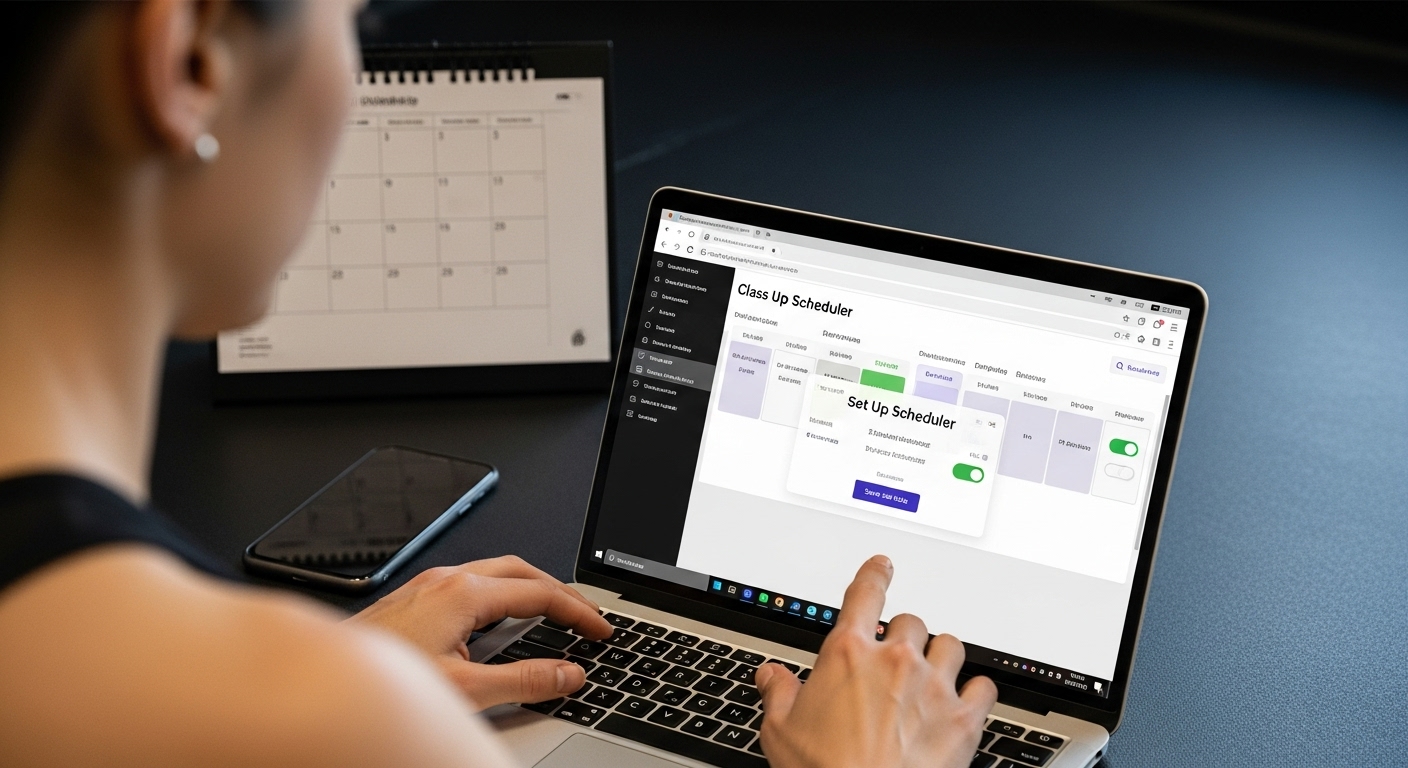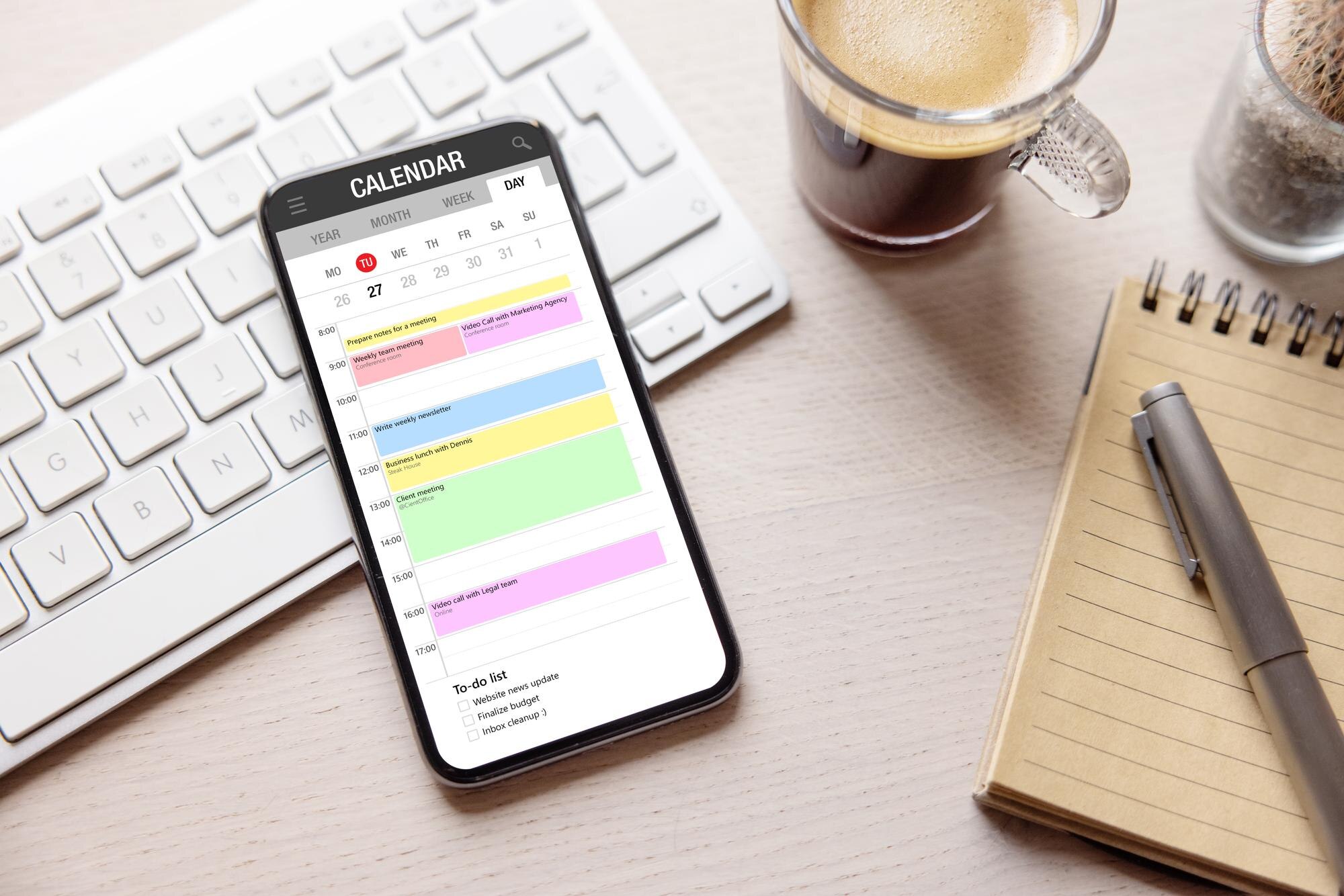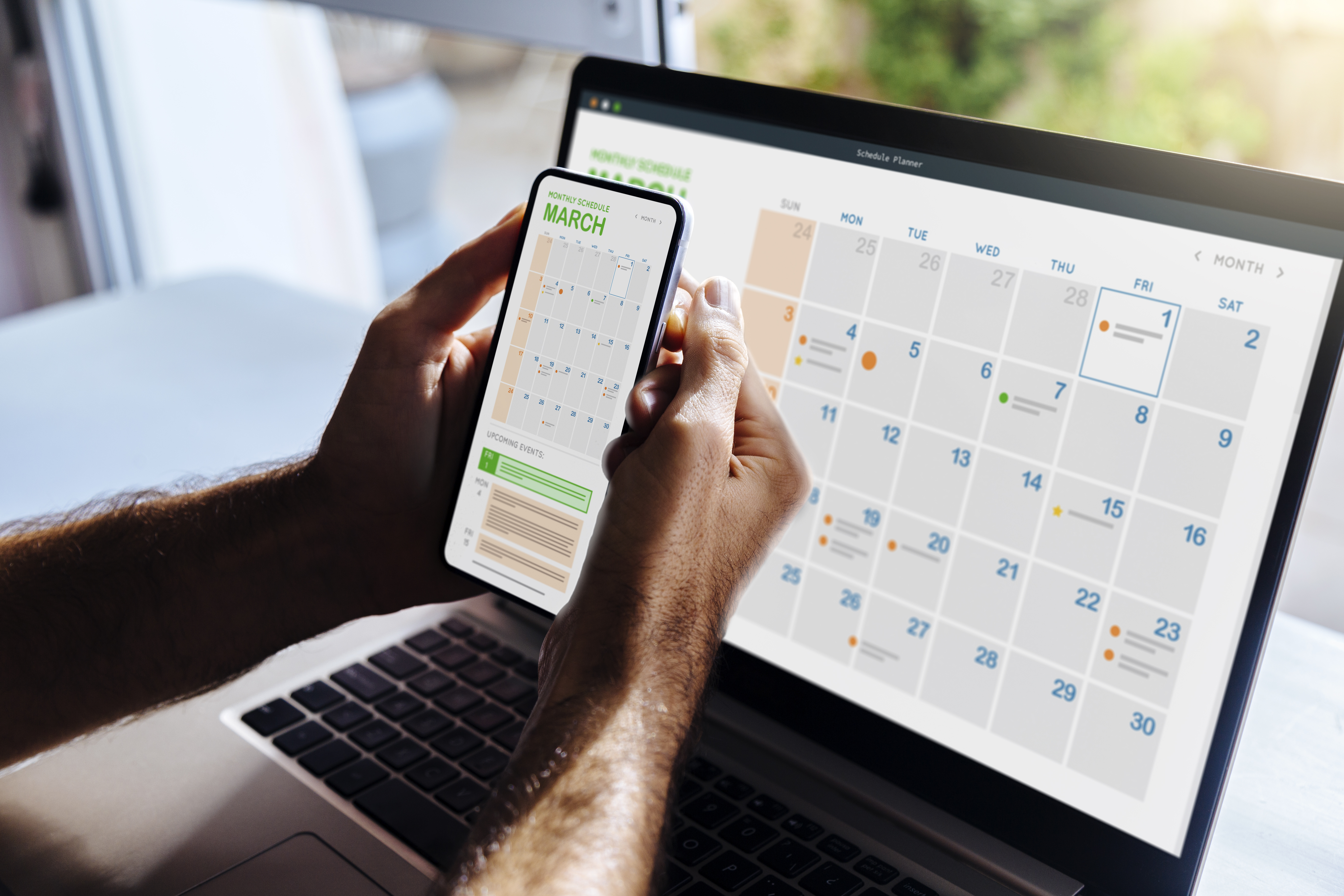Online class scheduling is quietly changing how instructors and clients connect in the fitness world. Many still picture endless phone calls and messy spreadsheets, but the digital shift is enormous. Over 75 percent of fitness clients now expect to book classes online at any hour, using just their phone or computer. What surprises most people is this tech does far more than just fill up a timetable. It is rewriting how instructors run their whole business, from client relationships to marketing power.
Table of Contents
- Defining Online Class Scheduling: Key Concepts
- The Importance Of Online Class Scheduling In Fitness
- How Online Class Scheduling Systems Operate
- Benefits Of Implementing Online Class Scheduling
- Real-World Applications And Trends In Class Scheduling
Quick Summary
| Takeaway | Explanation |
|---|---|
| Streamline administrative processes with online scheduling | Automation reduces manual tasks, allowing instructors to focus on teaching and client interaction. |
| Enhance client engagement and accessibility | Clients can book classes 24/7 from any internet-enabled device, improving overall user experience. |
| Utilise data analytics for business growth | Scheduling systems provide insights into client patterns, helping instructors tailor services and marketing strategies. |
| Integrate multiple delivery formats | Hybrid learning models accommodate diverse needs by combining in-person and online class options. |
| Prioritise data security and privacy | Robust security protocols ensure that sensitive client information is protected during online interactions. |
Defining Online Class Scheduling: Key Concepts
Online class scheduling represents a digital transformation in how instructors manage and deliver educational experiences across various learning environments. This technological approach enables class providers to coordinate, book, and manage their instructional sessions through sophisticated digital platforms.
Understanding the Core Concept
At its fundamental level, online class scheduling is a systematic process of arranging, managing, and tracking class sessions using web-based technologies. According to Eastern Washington University, these scheduling methods can encompass multiple instructional delivery formats
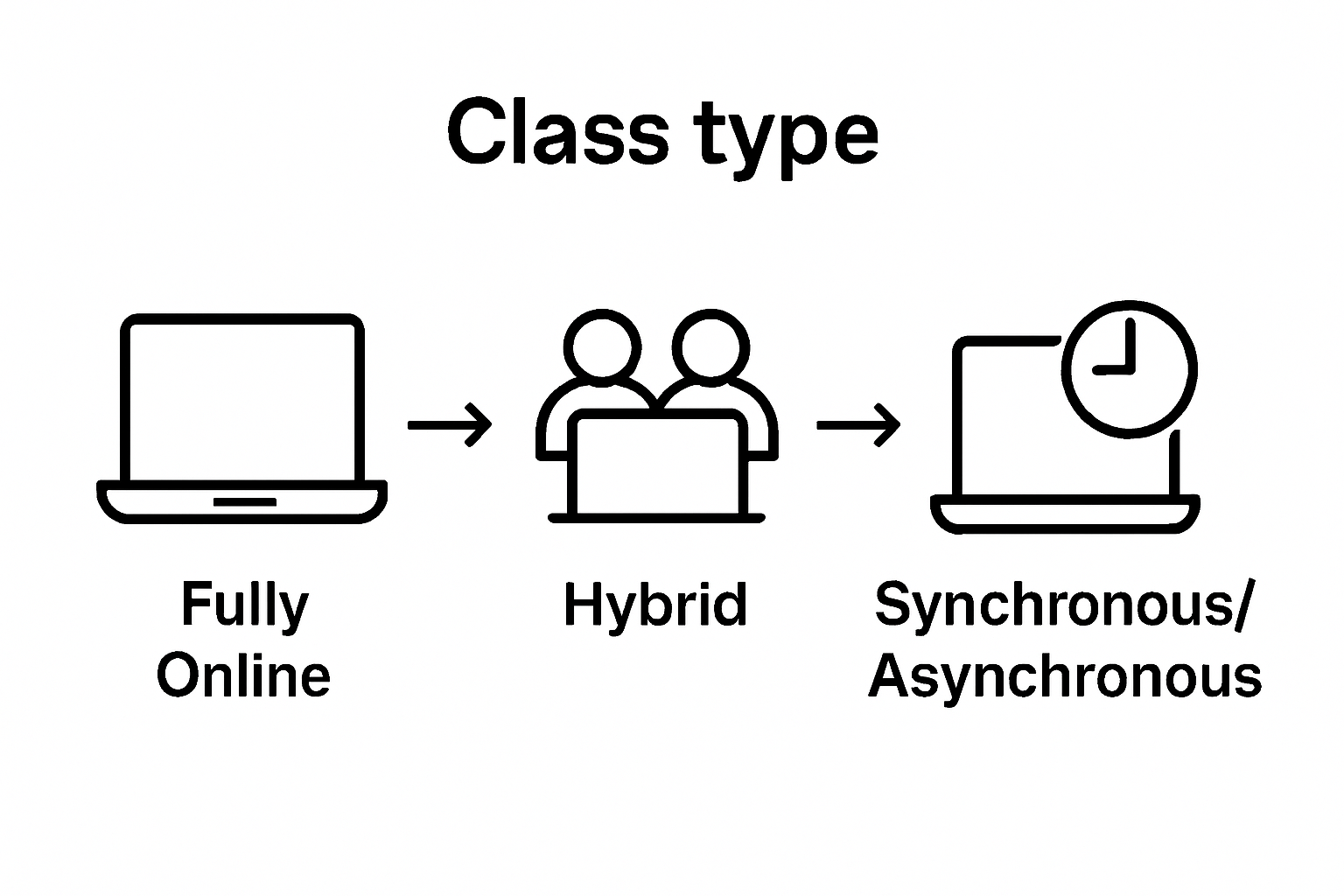 :
:
- Fully Online Classes: Sessions conducted entirely through digital platforms
- Hybrid Classes: Combining in-person and online instruction methods
- Synchronous Online Classes: Real-time digital sessions with live interaction
- Asynchronous Online Classes: Self-paced learning without scheduled meeting times
The primary objective of online class scheduling is to streamline administrative processes, reduce manual coordination efforts, and provide seamless booking experiences for both instructors and participants.
The following table compares the four main types of online class formats mentioned, summarising their key characteristics for clearer understanding.
| Class Format | Delivery Method | Interaction Type | Schedule Structure |
|---|---|---|---|
| Fully Online Classes | 100% via digital platforms | Varies | Flexible/Structured |
| Hybrid Classes | In-person + digital | Combination (live/self) | Structured/Flexible mix |
| Synchronous Online Classes | Digital platforms | Real-time (live) | Scheduled meeting times |
| Asynchronous Online Classes | Digital platforms | Self-paced | No set meeting times |
Technical Infrastructure and Functionality
Modern online class scheduling platforms integrate multiple technological capabilities to create comprehensive management systems. These platforms typically offer features such as:
- Automated calendar synchronisation
- Real-time availability tracking
- Secure payment processing
- Client communication tools
- Attendance management
By leveraging cloud-based technologies, these systems enable instructors to manage their classes from anywhere, providing unprecedented flexibility and operational efficiency.
This table highlights the core features commonly found in modern online class scheduling platforms, enabling a quick overview of their functionalities at a glance.
| Feature | Description |
|---|---|
| Automated calendar synchronisation | Keeps schedules up-to-date across devices |
| Real-time availability tracking | Shows current class openings for instant booking |
| Secure payment processing | Safeguards client transactions and sensitive information |
| Client communication tools | Sends automated reminders and updates |
| Attendance management | Tracks participant attendance efficiently |
| Cloud-based accessibility | Allows instructors to manage from any location |
| Integration with membership management | Simplifies subscription and client access management |
Benefits for Class Providers
Online class scheduling transforms traditional administrative workflows by offering precise, automated solutions. Instructors gain significant advantages through digital scheduling, including reduced administrative overhead, improved client communication, and enhanced ability to focus on delivering high-quality instructional experiences.
The technological infrastructure allows for seamless integration of booking, payment, and membership management, creating a unified platform that supports business growth and operational scalability.
The Importance of Online Class Scheduling in Fitness
Online class scheduling has become a transformative tool for fitness professionals, revolutionising how instructors manage client interactions, class participation, and overall business operations. This digital approach goes beyond simple booking mechanisms to create comprehensive engagement platforms.
Client Accessibility and Convenience
Fitness professionals recognise that modern clients demand flexibility and seamless booking experiences. According to research on fitness engagement, online scheduling systems significantly improve client accessibility by removing traditional barriers:
- Anytime Booking: Clients can reserve classes 24/7 without phone calls or emails
- Location Independence: Scheduling becomes possible from any device with internet connectivity
- Instant Confirmation: Immediate booking verification reduces uncertainty
These features address the growing expectation for digital convenience in fitness service delivery, allowing clients to manage their wellness journeys effortlessly.

Business Operational Efficiency
For fitness instructors and studio owners, online class scheduling represents more than a booking tool. It transforms administrative workflows by automating critical business processes:
- Reducing manual scheduling time
- Minimising scheduling errors
- Providing real-time attendance tracking
- Generating comprehensive client engagement analytics
By streamlining administrative tasks, instructors can redirect energy towards programme development, client experience enhancement, and business growth strategies.
Enhanced Client Relationship Management
Online scheduling platforms enable deeper, more personalised client interactions. These systems facilitate targeted communication, performance tracking, and customised fitness journey management. Instructors can use integrated tools to send personalised reminders, track client progress, and create targeted engagement strategies that foster long-term client relationships and retention.
The technological infrastructure supports a more holistic approach to fitness instruction, transforming transactional interactions into comprehensive wellness partnerships.
How Online Class Scheduling Systems Operate
Online class scheduling systems represent sophisticated digital ecosystems that integrate multiple technological components to create seamless, automated booking experiences for fitness instructors and their clients. These platforms transform complex administrative tasks into intuitive, user-friendly interactions.
Digital Infrastructure and Integration
The technological backbone of online scheduling systems involves intricate software architectures designed to manage multiple operational functions simultaneously. These platforms leverage cloud-based technologies to provide robust, scalable solutions that connect various digital touchpoints:
- User Interface Design: Intuitive booking interfaces for clients
- Backend Management: Complex database systems tracking class details
- Payment Processing: Secure transaction management
- Communication Channels: Automated email and SMS notifications
By integrating these components, scheduling systems create comprehensive platforms that extend far beyond simple booking mechanisms.
Automated Workflow Management
Advanced scheduling systems utilise intelligent algorithms to streamline complex administrative processes. These systems automatically manage critical operational functions:
- Real-time class capacity tracking
- Dynamic availability updates
- Automatic waitlist management
- Instant client communication
- Seamless calendar synchronisation
The automation reduces manual intervention, minimising human error and creating efficient operational workflows for fitness professionals.
Data Security and Client Privacy
Online scheduling platforms prioritise robust security protocols to protect sensitive client information. These systems implement multiple layers of digital protection, including encrypted data transmission, secure payment gateways, and compliance with data protection regulations. By maintaining stringent security standards, these platforms build trust and ensure clients feel confident about their digital interactions.
The technological infrastructure represents a sophisticated blend of user experience design, backend complexity, and strategic automation, transforming traditional scheduling approaches into modern, efficient digital solutions.
Benefits of Implementing Online Class Scheduling
Online class scheduling represents a transformative technological solution that delivers substantial advantages for fitness instructors, enabling them to optimise their business operations and enhance client experiences. By embracing digital scheduling platforms, professionals can unlock significant strategic opportunities.
Operational Efficiency and Time Management
Digital scheduling systems dramatically reduce administrative overhead by automating complex operational tasks. According to research on appointment scheduling, implementing online scheduling can reduce wait times from days to mere seconds, creating unprecedented operational efficiency:
- Automated Booking Processes: Eliminating manual scheduling tasks
- Real-time Availability Updates: Instant class capacity tracking
- Reduced Administrative Workload: Freeing instructors to focus on client experiences
- Streamlined Communication: Centralised client interaction management
These efficiency gains allow fitness professionals to redirect energy towards programme development and client engagement.
Enhanced Client Experience and Accessibility
Online scheduling platforms fundamentally transform client interactions by providing unprecedented convenience and flexibility. These systems enable clients to:
- Book classes from any device
- Access real-time scheduling information
- Receive instant booking confirmations
- Manage personal fitness schedules effortlessly
- Integrate class bookings with personal calendars
By removing traditional scheduling barriers, instructors can attract and retain clients more effectively, creating a more responsive and client-centric business model.
Business Growth and Performance Tracking
Digital scheduling systems offer robust analytics and reporting capabilities that provide deep insights into business performance. Instructors can leverage comprehensive data metrics to:
- Track class attendance patterns
- Analyse client engagement levels
- Identify peak booking times
- Develop targeted marketing strategies
- Optimise class offerings based on client preferences
These data-driven insights enable fitness professionals to make informed decisions, continuously improve their services, and develop more personalised client experiences.
Real-World Applications and Trends in Class Scheduling
Online class scheduling continues to evolve, driven by technological advancements and changing educational and fitness industry dynamics. These innovations are reshaping how instructors deliver services and interact with clients across various professional domains.
Technological Integration and Adaptive Learning
According to Purdue University’s research, emerging technologies are transforming scheduling platforms through intelligent, personalised systems. These advanced platforms leverage artificial intelligence to create dynamic, responsive learning environments:
- AI-Powered Scheduling: Intelligent algorithms predicting optimal class times
- Personalised Recommendations: Customised class suggestions based on client preferences
- Adaptive Learning Pathways: Dynamic content adjustment based on individual client progress
- Predictive Analytics: Anticipating client engagement and retention patterns
By integrating sophisticated technological capabilities, instructors can offer more tailored, responsive client experiences.
Hybrid and Flexible Learning Models
Modern class scheduling platforms are embracing flexible delivery methods that accommodate diverse client needs. These hybrid models combine multiple interaction formats:
- In-person class sessions
- Live online classes
- Pre-recorded instructional content
- On-demand workout libraries
- Asynchronous learning modules
This multi-modal approach allows fitness professionals to reach broader audiences and provide more accessible, convenient learning experiences.
Data-Driven Performance Optimization
Advanced scheduling systems are becoming comprehensive business intelligence tools. Instructors can leverage granular performance metrics to:
- Track client engagement levels
- Analyse class popularity
- Identify peak participation times
- Develop targeted marketing strategies
- Continuously refine service offerings
These data-driven insights enable fitness professionals to make strategic decisions, optimise their business models, and deliver increasingly personalised client experiences.
Take Control of Your Class Scheduling With Simplicity and Precision
Are you tired of struggling with outdated booking systems, endless manual scheduling, and missed client communications highlighted in our article on online class scheduling? You deserve a seamless way to manage your fitness or wellness classes so you can focus more on delivering a great experience and growing your business. With the rise of online class management, expectations for convenience and automation are higher than ever for both instructors and clients. This is where a comprehensive platform becomes vital.
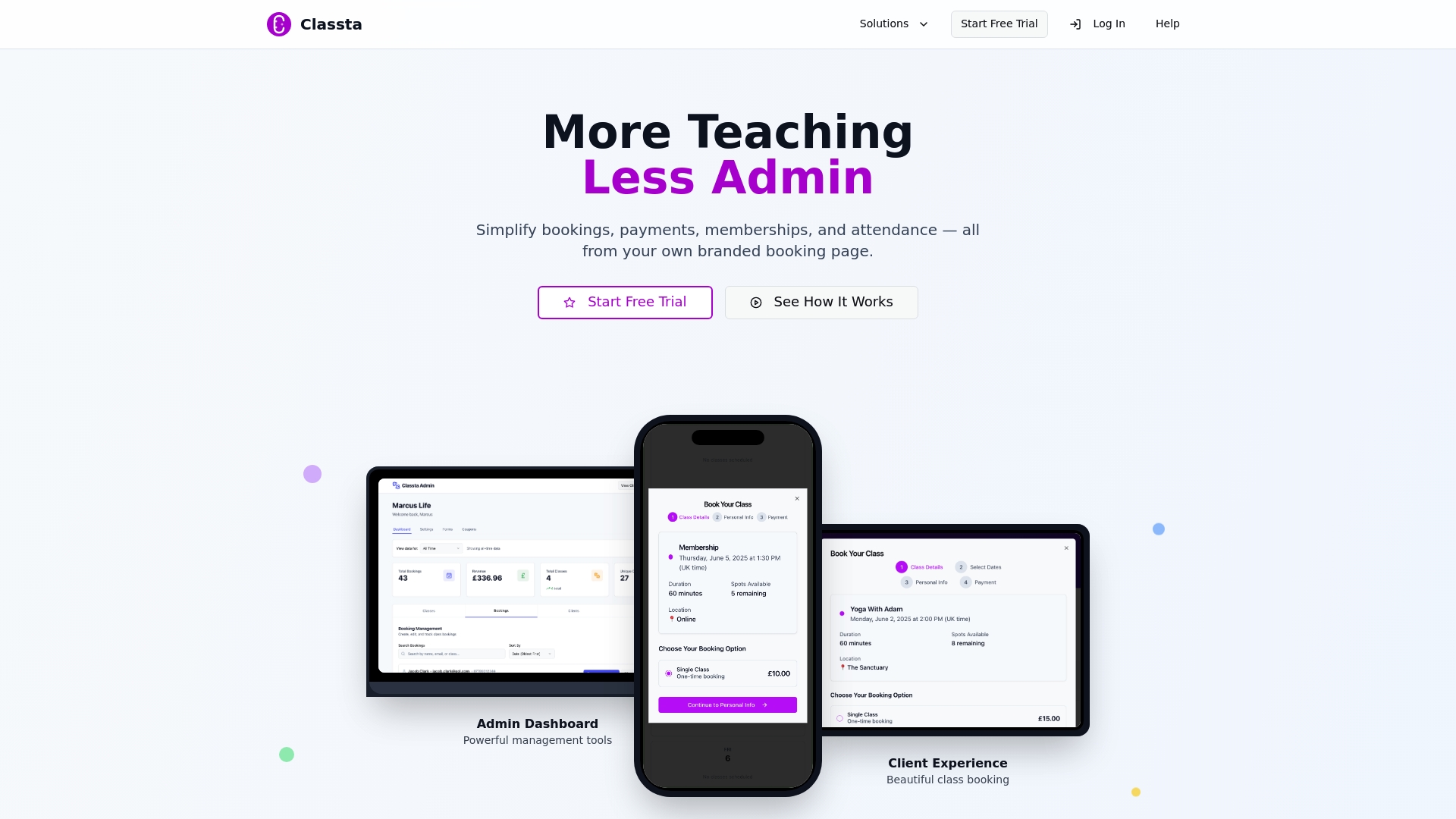
Let Classta.co empower your success by providing all-in-one solutions for booking, payment processing, membership management, and automated client reminders. Enjoy secure transactions, branded booking pages, AI tools for social media, and robust analytics designed specifically for busy instructors like you. Take the first step towards saving countless administrative hours and boosting client satisfaction. Visit Classta.co today and experience for yourself how digital scheduling can transform your class-based business.
Frequently Asked Questions
What is online class scheduling?
Online class scheduling is a systematic process that allows instructors to arrange, manage, and track class sessions using web-based technologies. This approach enhances the organisation of educational experiences across various formats, such as fully online, hybrid, synchronous, and asynchronous classes.
What are the benefits of using an online class scheduling system?
The primary benefits include reduced administrative overhead, improved client communication, and enhanced class management efficiency. Instructors can automate booking, track attendance in real-time, and offer clients a convenient way to manage their schedules.
How does online class scheduling enhance client experience?
Online class scheduling improves client experience by providing flexibility for booking classes at any time from any location, instant confirmation of reservations, and easy integration with personal calendars. This convenience addresses the modern client’s expectations for accessibility.
What features should I look for in an online class scheduling platform?
Key features to consider include automated calendar synchronisation, real-time availability tracking, secure payment processing, attendance management tools, and client communication options. A user-friendly interface is also crucial for both instructors and clients.









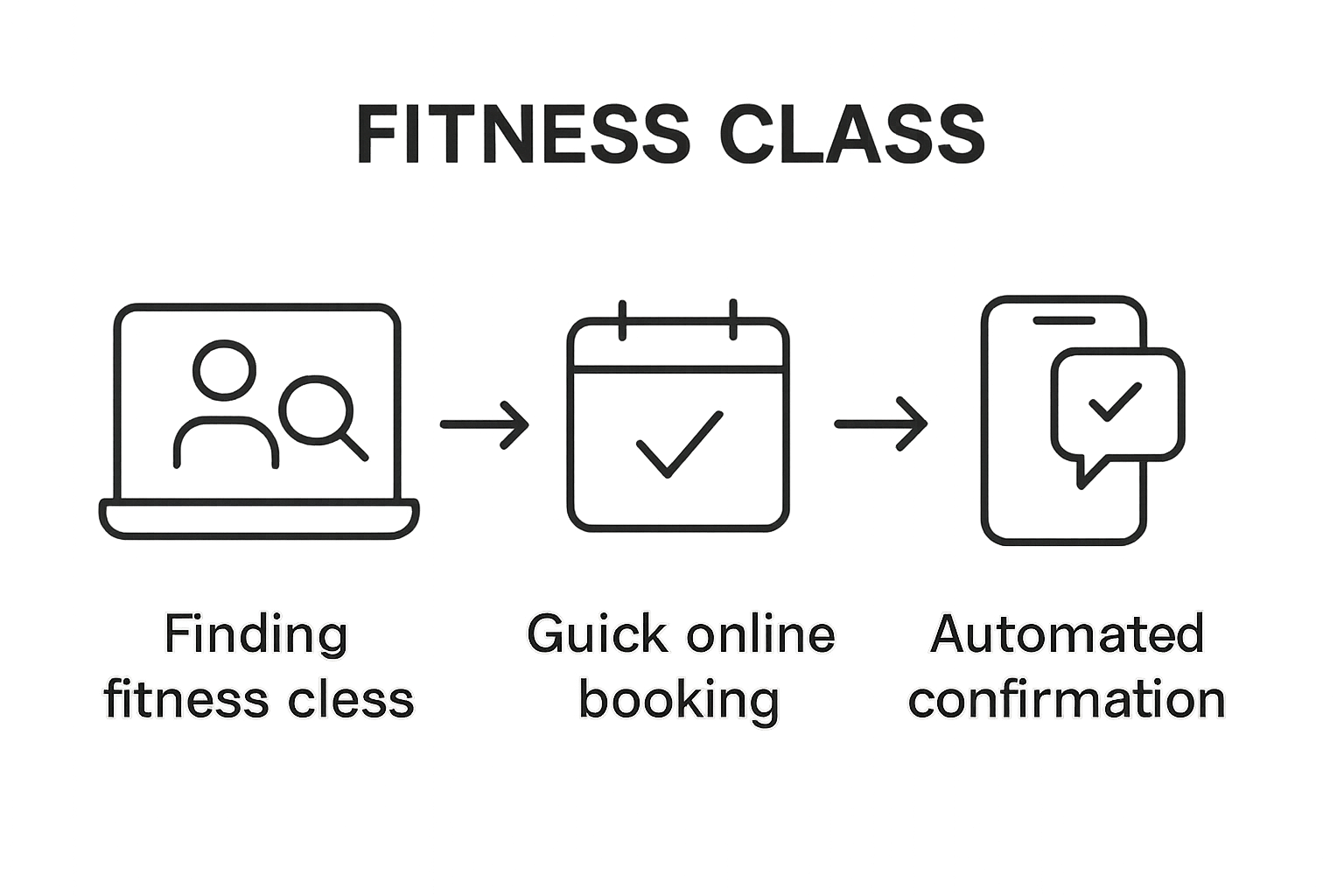 This foundational knowledge will guide your strategy for implementing a more streamlined and efficient booking system that saves time and enhances client experience.
This foundational knowledge will guide your strategy for implementing a more streamlined and efficient booking system that saves time and enhances client experience.